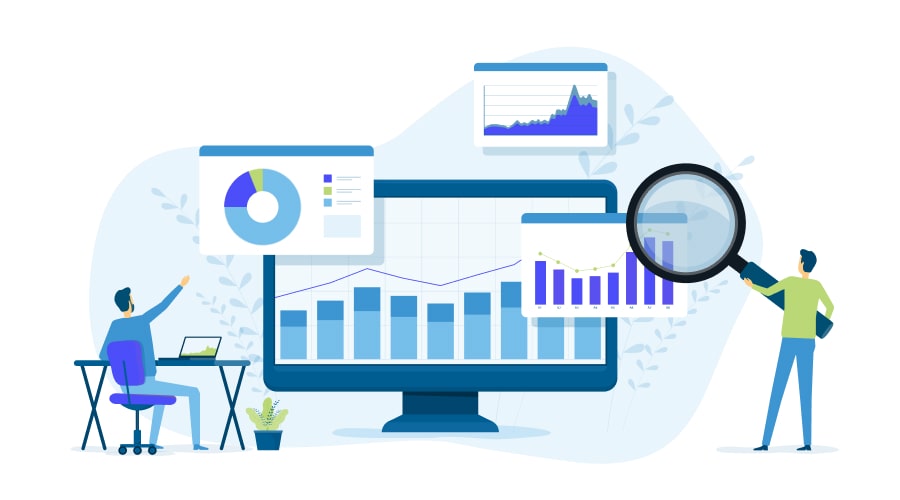How to Connect Kobo Toolbox to Power BI & Tableau: A Step-by-Step Guide

As a data analyst working with field surveys, I’ve used Kobo Toolbox for everything from health assessments to disaster response. But the real magic happens when you connect Kobo to Power BI or Tableau—turning raw submissions into interactive dashboards.
In this guide, I’ll show you three reliable methods to pull Kobo data into your BI tools, including API automation, OData feeds, and CSV workarounds.
Method 1: Connect via Kobo API (Best for Automation)
Use Case: Real-time dashboards with auto-refreshing data.
Step 1: Get Your API Token
- Log in to Kobo Toolbox.
- Go to Account Settings → API Token.
- Copy the token (keep it secure!).
Step 2: Power BI Setup (REST API)
- Open Power BI → Get Data → Web.
- Enter the API endpoint:Copyhttps://kf.kobotoolbox.org/api/v2/assets/{asset-id}/data/?format=json
- Replace
{asset-id}with your form’s ID (found in the URL).
- Replace
- For authentication:
- Basic Auth → Username:
your-kobo-username, Password:your-api-token.
- Basic Auth → Username:
Step 3: Tableau Setup (JSON API)
- Use Tableau’s Web Data Connector or Python/R script to fetch data.
- For Python users:pythonCopyimport requests url = “https://kf.kobotoolbox.org/api/v2/assets/{asset-id}/data/” headers = {“Authorization”: f”Token {your-api-token}”} data = requests.get(url, headers=headers).json()
- Parse JSON into a Tableau-compatible format.
Pros:
✅ Auto-refreshes.
✅ No manual exports.
Cons:
⚠ Requires API knowledge.
Method 2: Export as CSV/Excel (Simple but Manual)
Use Case: One-time analysis or small datasets.
Steps:
- In Kobo, go to Data → Export → XLSX/CSV.
- Download and import into:
- Power BI: Get Data → Text/CSV.
- Tableau: Connect → Excel/Text File.
Pros:
✅ No coding needed.
Cons:
⚠ Manual process (no auto-refresh).
Method 3: Sync to Google Sheets (Middle Ground)
Use Case: Semi-automated workflows.
- Use Kobo’s Google Sheets integration (via Zapier or Kobo2Google scripts).
- Connect Power BI/Tableau to the Google Sheet:
- Power BI: Get Data → Google Sheets.
- Tableau: Connect → Google Sheets.
Pros:
✅ Balances automation and simplicity.
Cons:
⚠ Slight delay in syncing.
Pro Tips for Cleaning Kobo Data
- Fix Nested JSON:
- Power BI: Use “Expand Columns” in Power Query.
- Tableau: Use Tableau Prep or JSON parsing.
- Handle GPS Data:
- Split
_geolocationinto latitude/longitude columns.
- Split
- Filter Test Submissions:
- Exclude records where
_submitted_by = "test_user".
- Exclude records where
Real-World Example: COVID-19 Survey Dashboard
I connected a Kobo form tracking symptoms to Power BI to:
- Map outbreaks in real time.
- Trigger alerts when cases spiked.
- Share updates with health officials via automated PDFs.
Troubleshooting
| Issue | Solution |
|---|---|
| API returns empty data | Check asset ID and permissions. |
| GPS won’t map | Ensure coordinates are in decimal degrees. |
| Special characters break CSV | Export as UTF-8. |
Free Resources
Need help with your specific form? Drop a comment below!